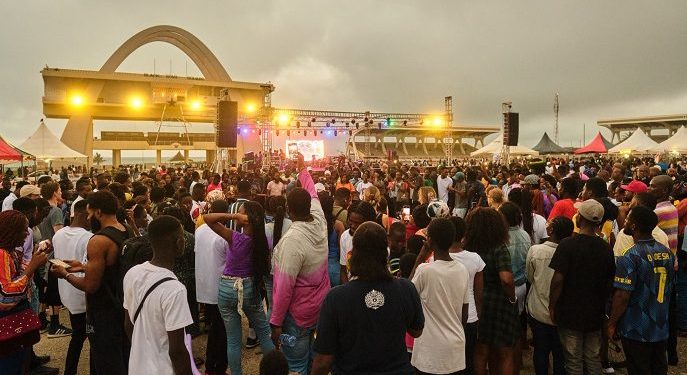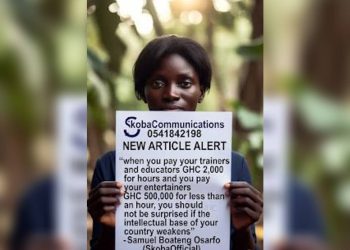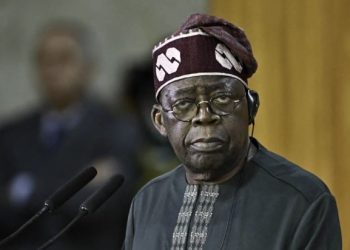Ghana’s art and music scene pulsates with a dynamic energy that blends tradition with innovation, creating a rich tapestry of cultural expression. Rooted in centuries-old traditions, Ghanaian art forms such as Adinkra symbols, Kente cloth weaving, and Ashanti goldsmithing reflect the country’s cultural heritage, passed down through generations.
In urban hubs like Accra and Kumasi, a burgeoning contemporary art scene has emerged, where galleries showcase the work of local painters, sculptors, and mixed-media artists. These creatives explore a range of themes, from identity and politics to globalisation and urbanisation, infusing traditional techniques with modern sensibilities. Street art initiatives like the Chale Wote Street Art Festival in Accra bring art to the public, transforming city walls into vibrant canvases that reflect the pulse of Ghanaian society.
Similarly, Ghana’s music landscape is a melting pot of genres, blending traditional rhythms with contemporary influences. Artists like Black Sheriff, Efya, and Stonebwoy are at the forefront of this musical evolution, fusing hip-hop, reggae, and afrobeat to create a sound uniquely Ghanaian yet globally resonant. From intimate live performances in cosy venues to electrifying concerts in sprawling stadiums, music is an integral part of everyday life in Ghana.
Despite the march of modernization, efforts to preserve Ghana’s cultural heritage are ongoing. Organisations like the National Commission on Culture and the Ghana Association of Visual Artists champion traditional art forms, while music festivals like the Chale Wote Street Art Festival, AfroChella, and the Pan-African Historical Theatre Festival (Panafest) are biennial events held in Cape Coast, Ghana. It brings together artists, intellectuals, and cultural enthusiasts from across Africa and the diaspora to celebrate African heritage through music, dance, theatre, and academic discourse.
Alongside highlife, hiplife, and afrobeat, a new genre has emerged from the streets of Kumasi known as Asakaa music or Asakaa drill. Asakaa music is characterised by its gritty lyrics, hard-hitting beats, and raw energy, reflecting the realities and experiences of urban youth in Ghana. Artists like Jhay Bad, Yaw Tog, O’Kenneth, Kwaku DMC, and Dead Peepol have gained international recognition for their contributions to this burgeoning genre, using their platform to address social issues and celebrate the resilience of urban communities.
Initiatives such as the Ghana Music Rights Organisation (GHAMRO) aim to protect the rights of musicians and ensure they receive fair compensation for their work, fostering a sustainable arts ecosystem.
Ghana’s art and music scene celebrates the country’s cultural diversity, serving as a reflection of its history, values, and aspirations. Whether through the intricate designs of Adinkra symbols, the infectious rhythms of highlife music, or the thought-provoking canvases of contemporary artists, Ghana’s creative spirit continues to captivate and inspire audiences worldwide, inviting all to join in the celebration of its vibrant cultural heritage.
Source: Baidoo Theodora Boatemaa
*****
Never miss out on the news. Get your valuable breaking news and other vital content by following The Sikaman Times on WhatsApp Channel
*****







![Why the National Compass Must Guide the Mission Ship [ARTICLE]](https://sikamantimes.com/wp-content/uploads/2025/11/unnamed-350x250.jpg)


![Is Marriage Contract a License to Heaven? Leave to Live [FEATURE]](https://sikamantimes.com/wp-content/uploads/2025/11/1001773518-1-350x250.jpg)






